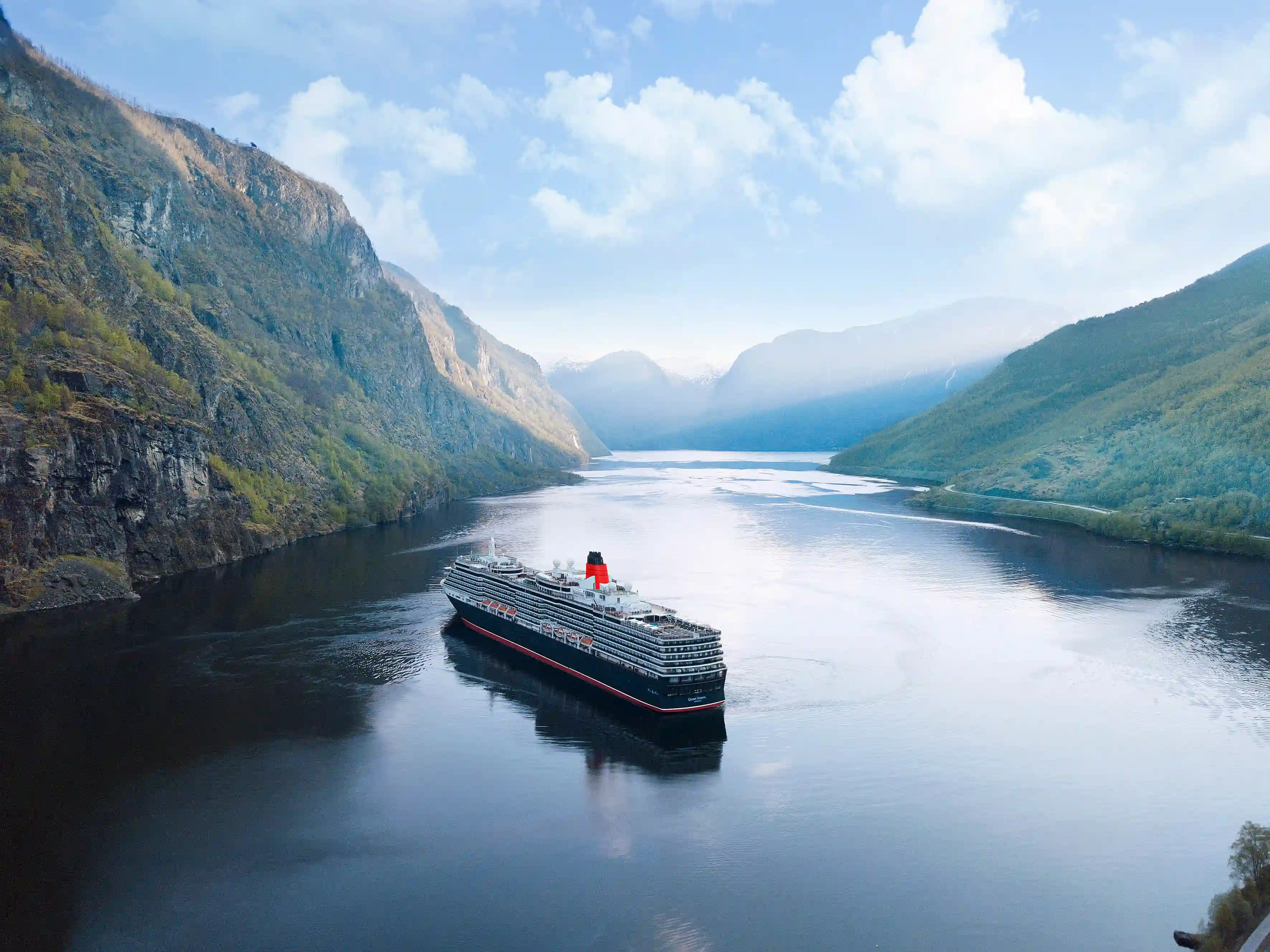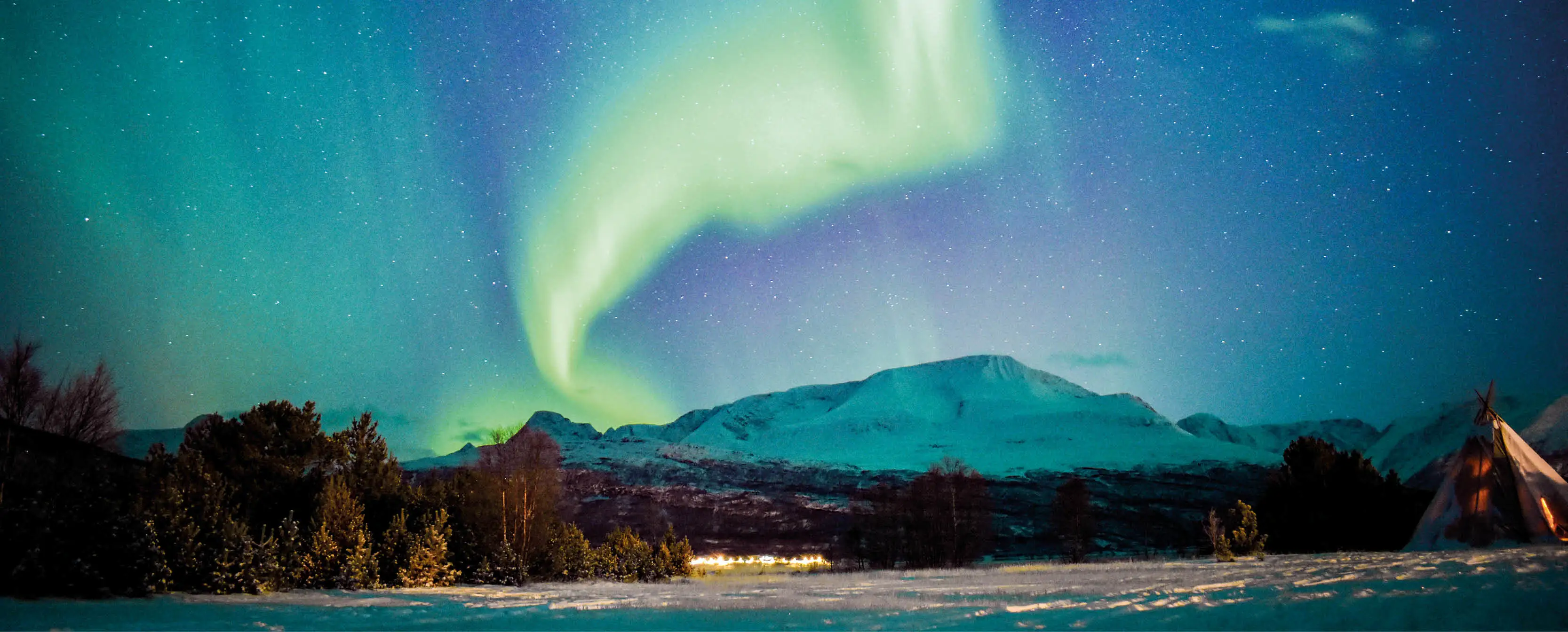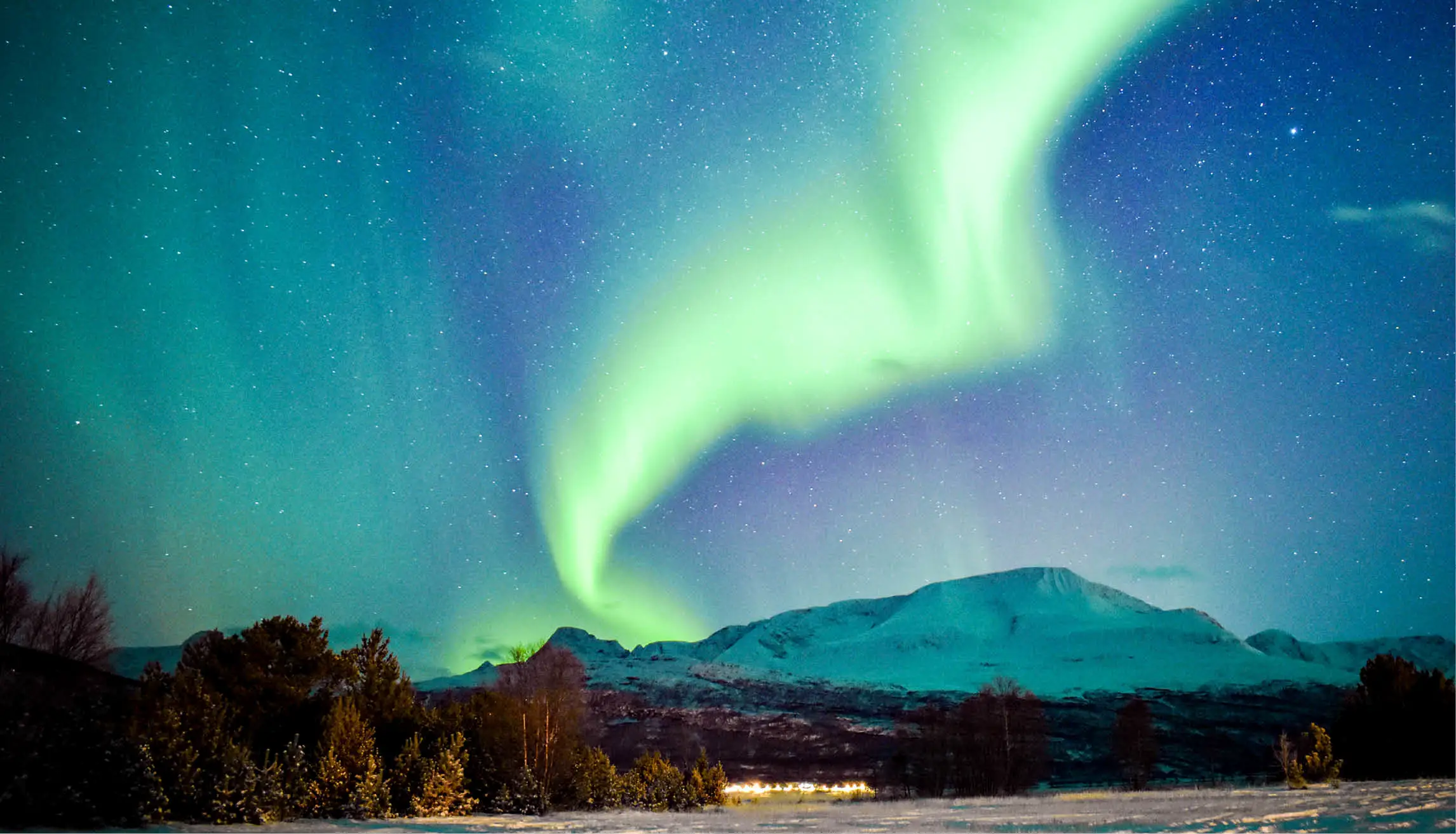NORTHERN LIGHTS OF THE NORTHERN CAPE
A spectacle for the senses.
In addition to a high probability of success, Norway offers a unique landscape and plenty of winter activities
to do in the run-up to the winter activities to do in the run up to that long-awaited moment.
The Northern Lights are an incredible luminescent spectacle, a gift of nature that must be seen at least once in a lifetime.
In the southern hemisphere it is known as aurora australis and in the northern hemisphere as aurora borealis (Aurora: the Roman goddess of dawn. Auster: meaning south and Bóreas: meaning north).

WHERE CAN YOU SEE THE NORTHERN LIGHTS?
From Bodo, through Narvik and the archipelagos of Lofoten or Vesteralen, to Tromo or the distant Kirkeness are unique places to see the northern lights in Norway.
THE ARCTIC CIRCLE
To glimpse this spectacle you have to go beyond the Arctic Circle, one of the five parallels of the Earth, but with certain particularities, such as the possibility of seeing the Northern Lights or the so-called midnight sun, in which the sun is visible 24 hours a day.
Norway is an ideal destination for both phenomena.
There are two areas in Norway that stand out for seeing the Northern Lights. One is the area around the Lofoten and Vesteralen archipelagos and the other is much further north in the town of Tromso. Cunard's North Cape cruises call at both Tromso and Narvik, so it can be a great time to make your crossing extra special.
COME AND SEE THE NORTHERN LIGHTS WITH US!
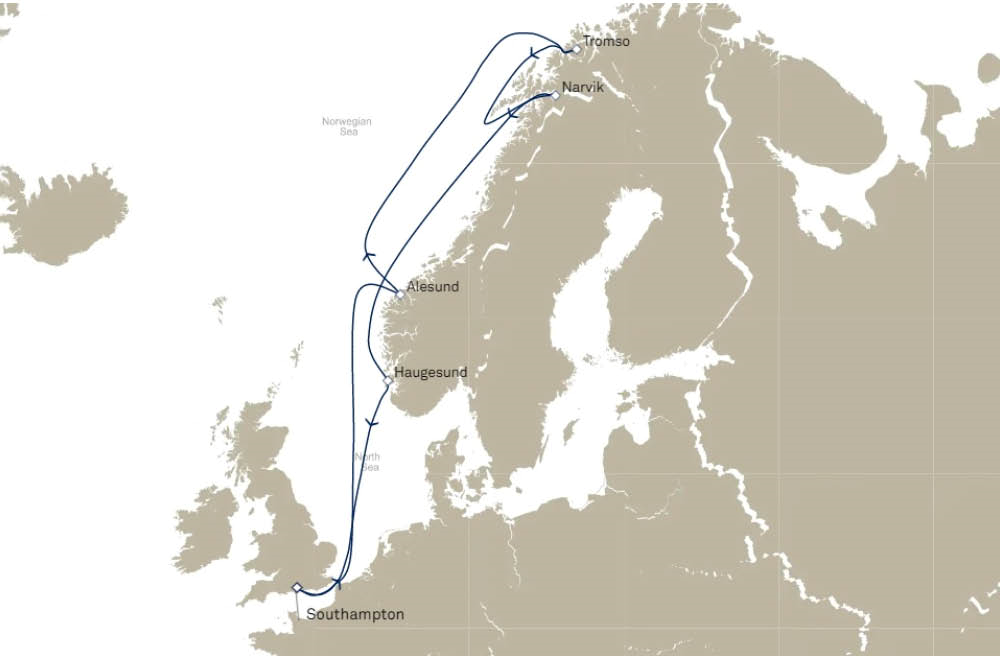
NORTH CAPE LIGHTS FROM ONLY 1.512€.
- 13 days cruise
- On board Queen Victoria
- Roundtrip from Southampton (London)
- Sailing date 27 october 2023
Book now with the BLACK FRIDAY promotion
& save up to 600€ per cabin!
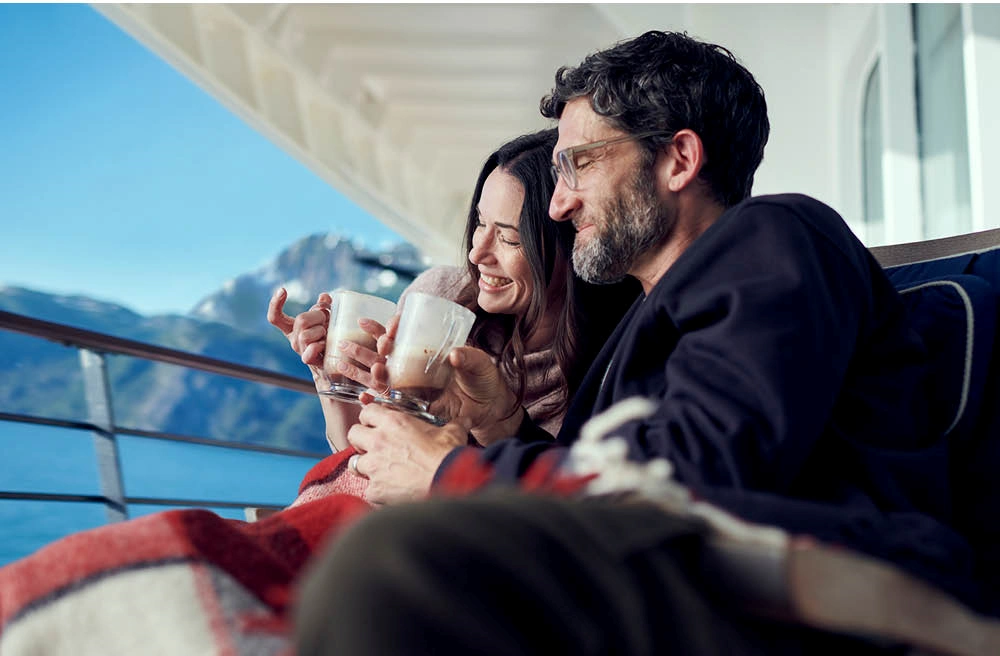
itinerary day by day
27 october. Embark in Southampton (London)
28 & 29 october. Sea day
30 october. Alesund
31 october. Sea day
1 & 2 november. Tromso
3 & 4 november. Narvik
5 november. Sea day
6 november. Haugesund
7 november. Sea day
8 november. Disembark in Southampton (London)
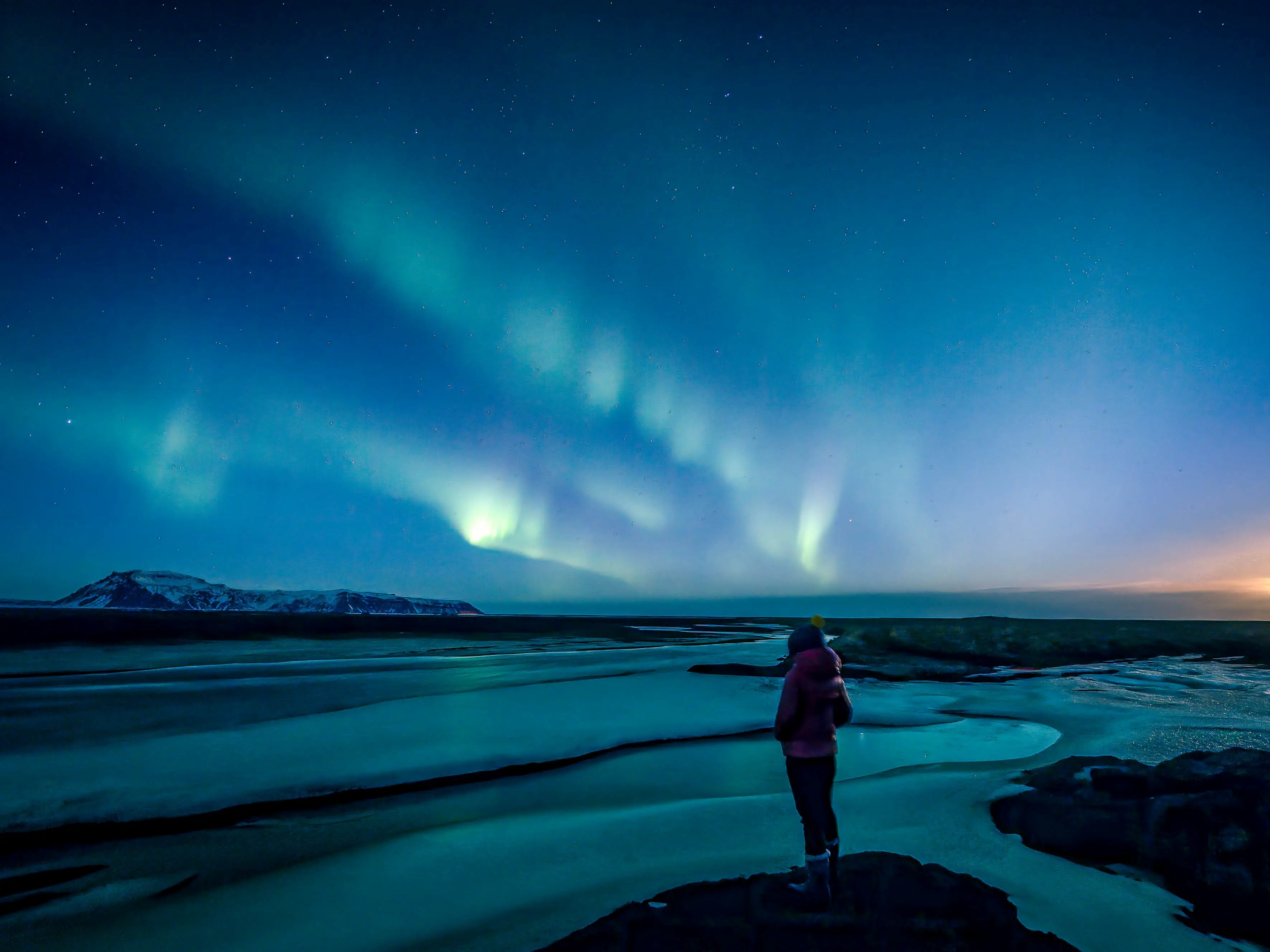
WHEN TO SEE THE NORTHERN LIGHTS?
THE NORTHERN LIGHTS ONLY START THEIR SHOW WHEN THEY THINK THE TIME IS RIGHT.
Patience is a virtue, even when chasing the northern lights. To increase your chances of seeing aurorae, keep in mind that they appear most often in late autumn, winter and early spring (September to late March), and between six in the evening and one in the morning.
However, the aurora is at its best when the weather is cold and dry, usually from December onwards. If there are strong easterly winds, the coast may have clearer skies than inland areas. And to get the most out of your experience, try to avoid nights with a full moon, as a very bright moon can make the aurora less clear.

CURIOSITIES
This phenomenon also exists on other planets in the solar system, which behave similarly to planet Earth.
In the middle of a Civil War (1938), our country was able to contemplate an aurora borealis.
In 1989, an aurora borealis was observed again in Galicia.
The auroras can be seen from space.
LEGENDS FROM DIFFERENT COUNTRIES AND CULTURES

JAPAN AND THE SAMI PEOPLE (LAPLAND)
JAPAN.
The Japanese believe that if they conceive a child under an aurora borealis, there will be prosperity and the magic of this phenomenon will bring them a son.
SAMI PEOPLE.
They believe that the northern lights are the spirits of women who have not had children and are doomed to wander the firmament for the rest of their lives.
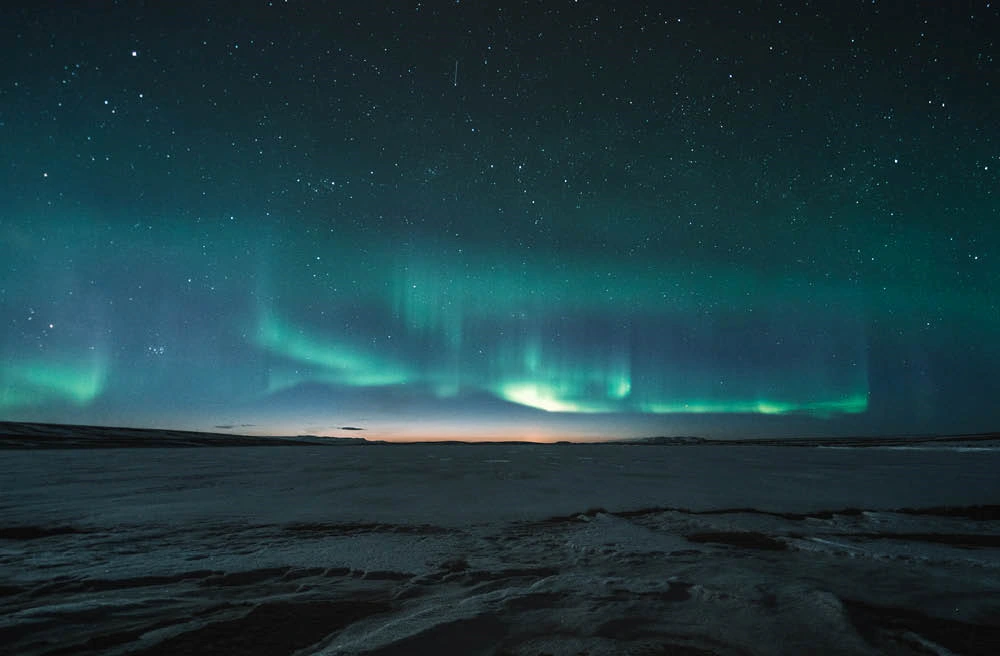
ESKIMO PEOPLE AND FINLAND
ESKIMO PEOPLE.
The Northern Lights are believed to be a celebration in which the spirits who live in the sky light torches to welcome those who have died a voluntary or violent death.
FINLAND.
They attribute this phenomenon to the tail of an arctic fox that travels across the sky and, when it hits the mountains with its tail, creates "these sparks" that are the northern lights.
